Seawater Desalination Power Consumption
Introduction
Virtually everything we do affects our ability to harness and expend energy. One simple, small-scale example is the energy expended by our bodies to fight the effect of gravity as salts and impurities are removed from our body. On a much larger scale, energy is necessary to meet the needs of society, which include obtaining, transporting, treating, and distributing potable water. Access to clean, safe, and reliable sources of drinking water is a basic goal in today’s world. As society has developed, so has our ability to transport water over great distances to meet that fundamental objective, as well as the ability to measure the quality of water to ensure that it is safe to drink. To a large extent, the
advent of analytical techniques to measure contaminants, viruses, and pathogens in water paved the way for the US Environmental Protection Agency (US EPA) in the early 1970’s to develop rules and regulations requiring drinking water to be treated, or “manufactured”, to meet standards for the benefit and protection of public health. Rules and regulations have evolved since the 1970’s, commensurate with our understanding of contaminants and ability to measure them. This “evolution” of standards led the US EPA to identify membrane filtration –including reverse osmosis desalination – as one treatment technology for drinking water supplies to meet increasingly difficult water quality challenges. Today, virtually every drinking water supply is treated in some form or fashion, driven by a number of factors primarily associated with the discovery of new contaminants: advanced testing methods; public perception; verifiable health risks; and development of improved/new water quality standards. The extent of water treatment – and the energy and power needed to meet those requirements – can vary considerably, as expected, because of the accessibility and initial quality of a raw water supply. Seawater desalination, like any other water treatment technology or separation processes, requires the use of energy to produce water. As a drinking water treatment technology, however, seawater desalination requires more energy than most other water treatment methods. Often, however, the power consumption associated with seawater desalination is exaggerated or inaccurately represented, particularly when compared to other treatment technologies or alternatives assuring safe, reliable public water supply.
This paper reviews and outlines the power requirements associated with seawater desalination, measures used to compare and offset seawater desalination power consumption to other water supply alternatives, and the opportunities for future reduced energy demand.
Only logged in customers who have purchased this product may leave a review.




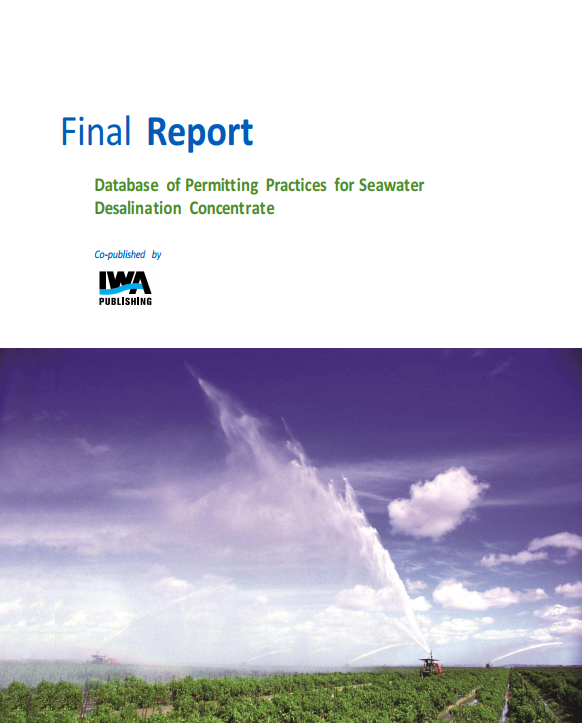


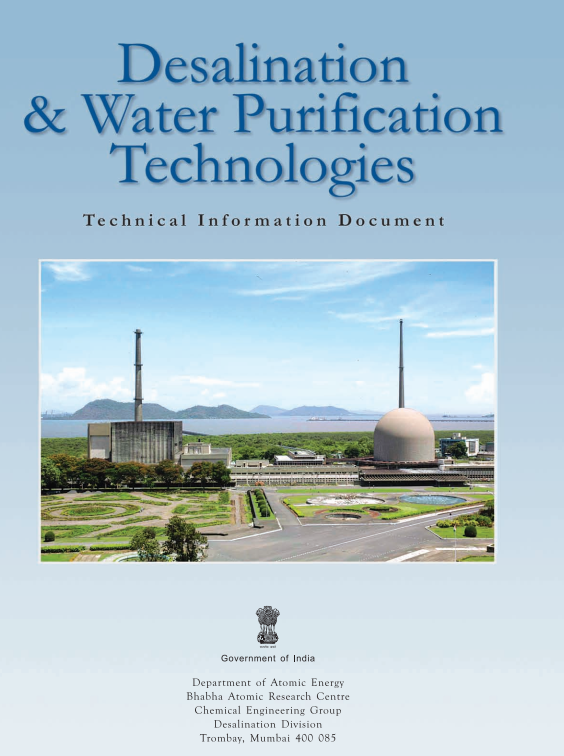

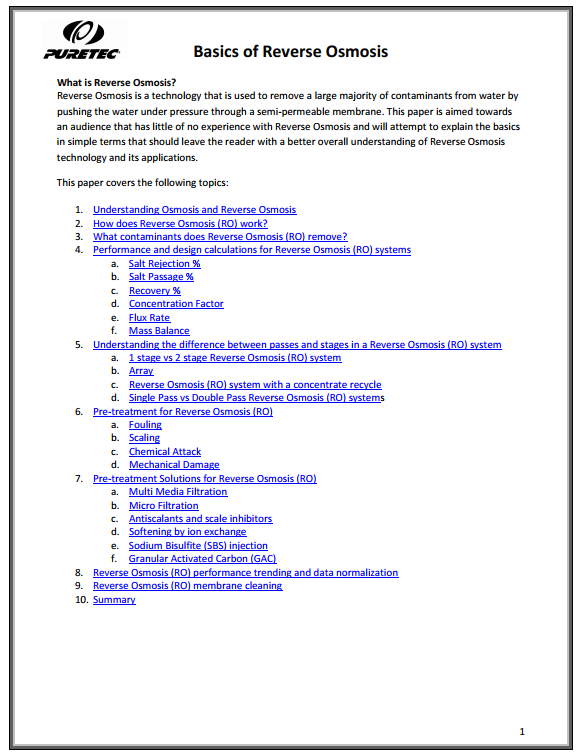

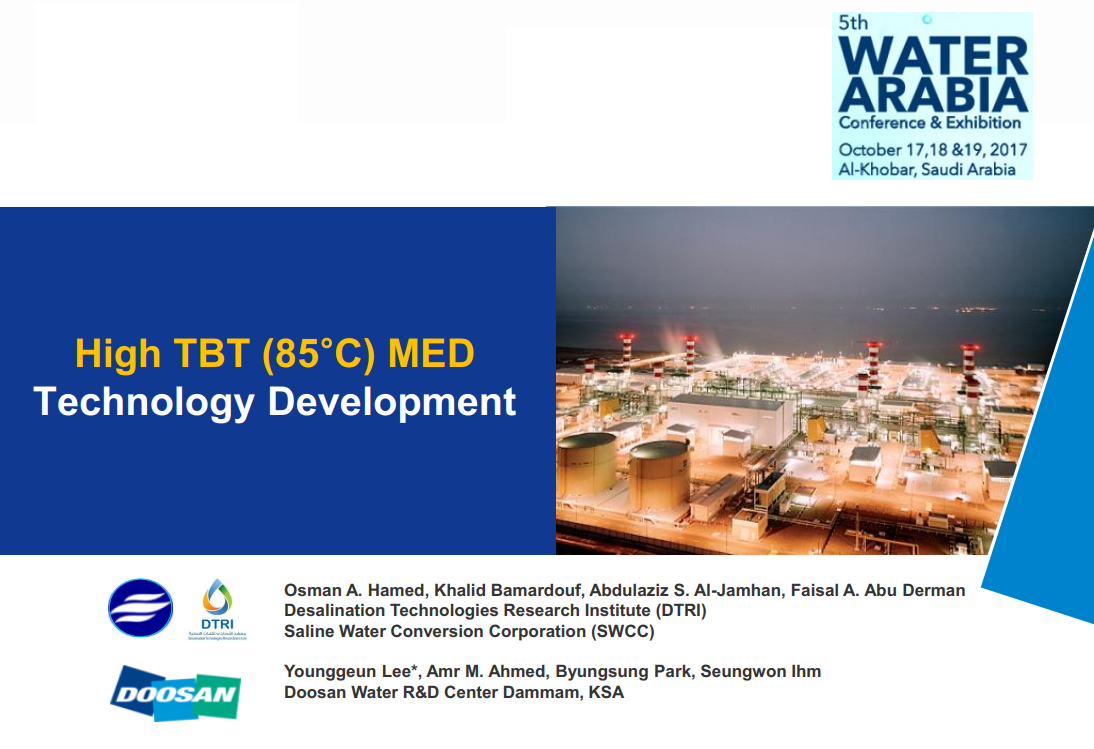
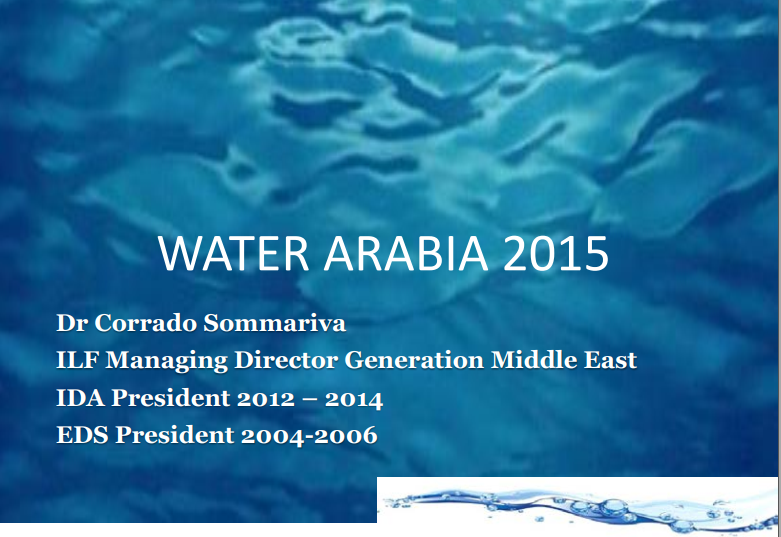
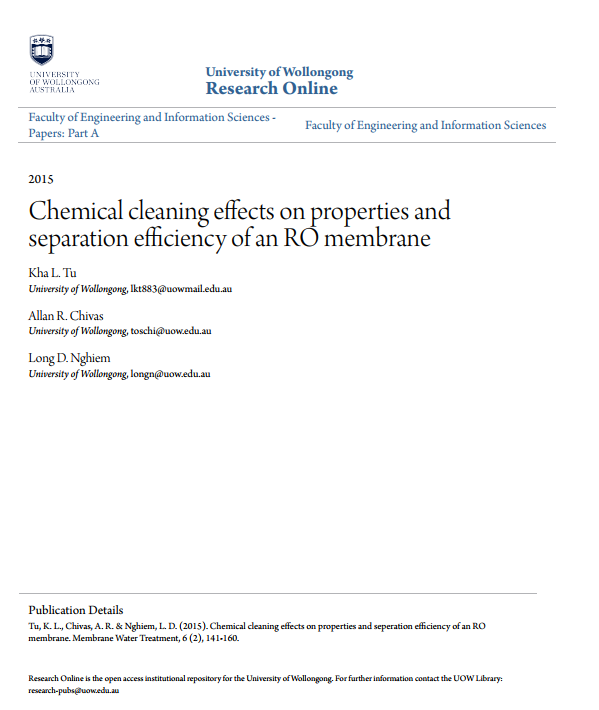

Reviews
There are no reviews yet.